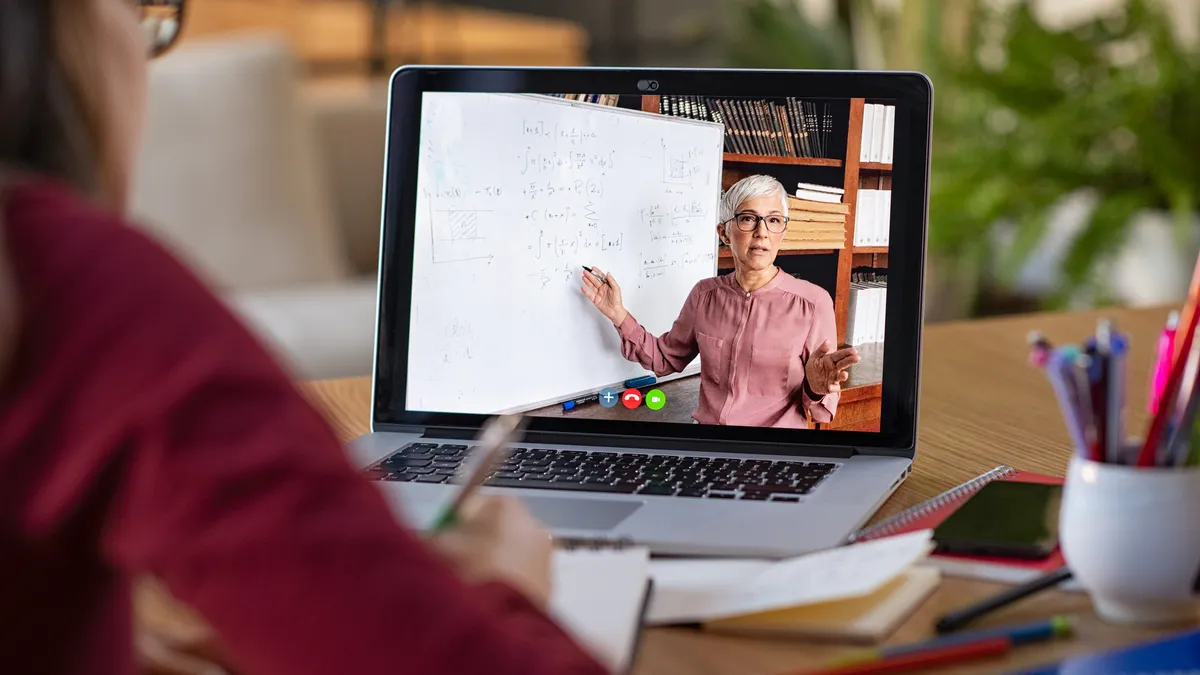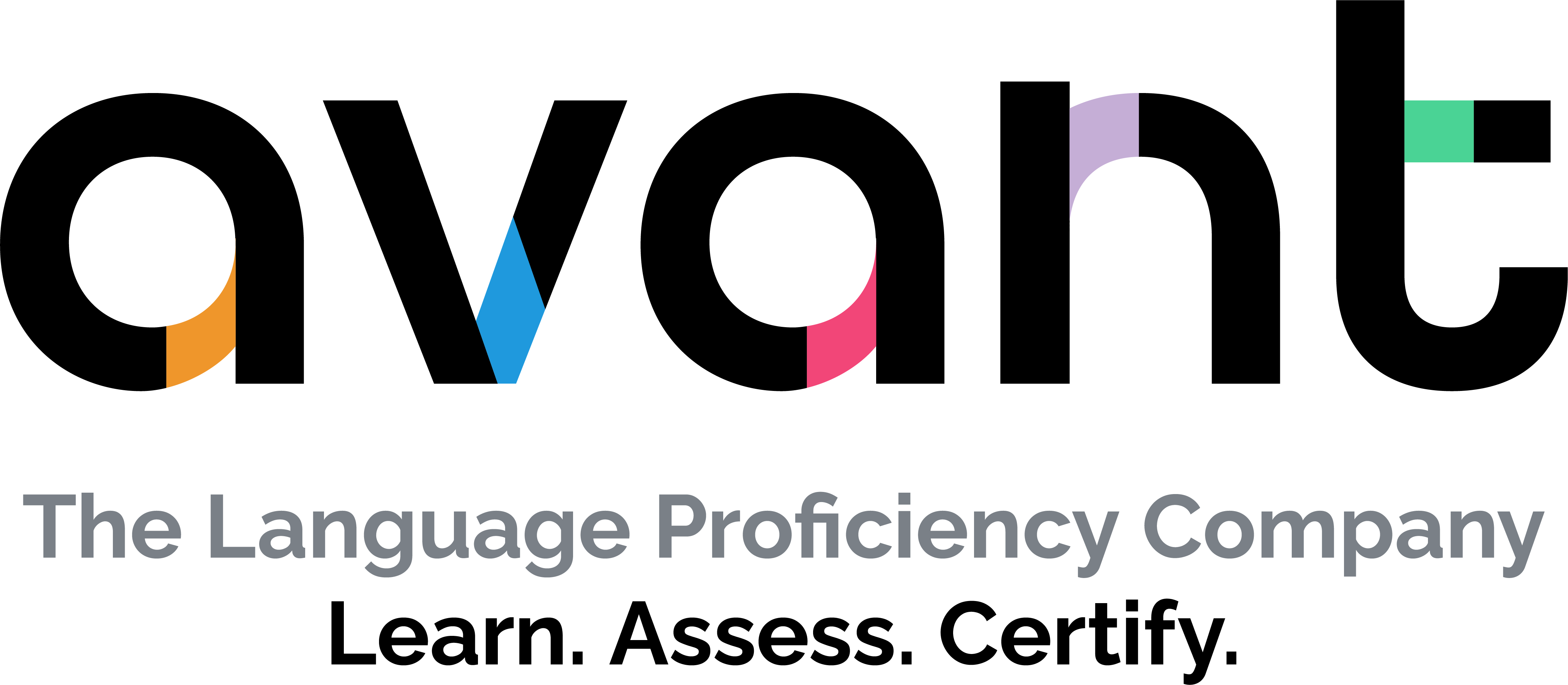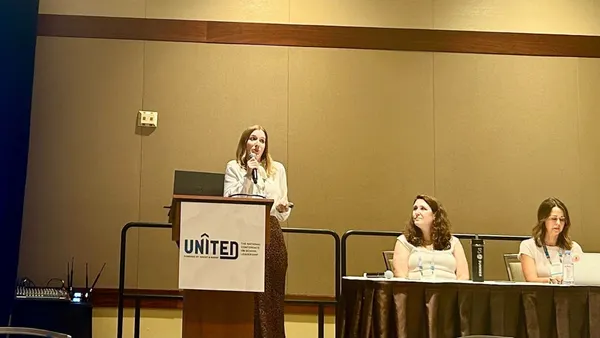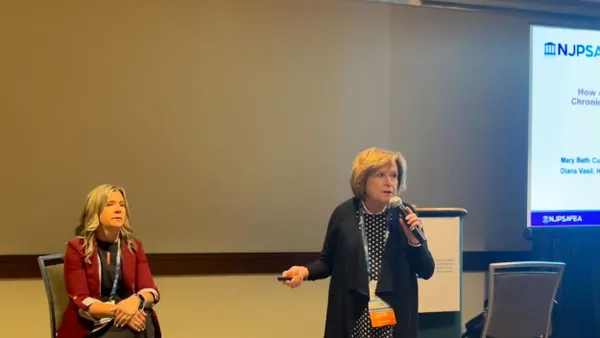Dive Brief:
- Recently released data from GBH Education and PBS Learning Media, gathered in surveys conducted in June and March 2020, reveals 13% of teachers had never used digital media services in their classrooms until after schools transitioned to remote learning.
- The surveys, conducted among 1,914 K-12 teachers, also found respondents lost confidence in their ability to use digital learning tools after distance learning started. Before school closures, 77% of teachers reported being "very" or "extremely confident" when using digital learning tools, but that number had dropped to 66% by late June.
- The results also highlights ongoing inequities. For example, 89% of respondents reported their students are connected to high-speed internet through either home broadband service or a school-issued hot spot, but that percentage drops to 81% in rural areas.
Dive Insight:
The survey results highlight the need for ongoing professional development around digital learning tools, and that continued focus must be placed on developing and maintaining high-speed internet connections for all students.
Researchers attributed the drop in teacher confidence to the fact many teachers may have been comfortable using digital technology to supplement lessons but found it more challenging when they were forced by COVID-19-related closures to use it for their entire curriculum.
The pandemic also reshaped the type of professional development offered and the way it's delivered. Arlington Independent School District in Texas, for example, offers on-demand “PL in Pajamas” professional development experiences. These services can be made available in bite-sized chunks, a trend expected to last well beyond the pandemic. Additionally, virtual office hours allow teachers to log into a Zoom link to ask questions.
The transition to virtual professional development opens the door for more tailored options for new teachers. Remote professional development allows flexibility to tailor programs to what teachers want to focus on, in addition to more efficiently improving individual areas of weakness. Virtual coach-led “coffee and conversation” sessions can also provide spaces where new teachers can share experiences and receive support.
Even with on-demand options, schools should have a comprehensive plan for both online and in-person professional development. Teacher supports boost effectiveness and retention rates, especially in high-poverty communities. And online PD options can allow for more connections to be made between educators in different states and even other countries, widening the circle for feedback and growth while allowing for a freer exchange of ideas.






 Dive Awards
Dive Awards







